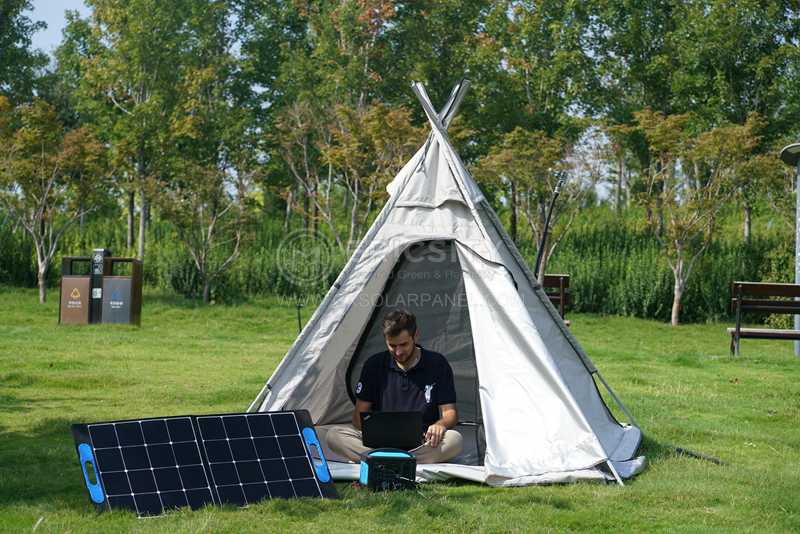HOT PRODUCT
Product Details
semi-flexible Solar Panels: A Sustainable Energy Frontier
Title: Semi-Flexible Solar Panels: A Sustainable Energy Frontier
Introduction (77 words):
As the world continues to explore and implement renewable energy sources, solar power stands out as a clean, efficient, and sustainable solution. Technological advancements have allowed for the development of flexible and lightweight solar panels, opening up a new frontier in solar energy generation. One exciting innovation in this field is semi-flexible solar panels, which combine the benefits of both rigid and flexible panels. In this article, we will explore the concept and advantages of semi-flexible solar panels as a sustainable energy frontier.


1. Understanding Semi-Flexible Solar Panels (100 words):
Semi-flexible solar panels are a relatively new development in the world of photovoltaics (PV) that offer unique characteristics and advantages. These panels are designed to be durable yet bendable, allowing for greater versatility in their installation. Made using thin-film PV technology, semi-flexible panels employ lightweight and flexible substrates such as plastic or metal foils. This construction enables them to conform to curved surfaces, making them suitable for various applications, including boats, vehicles, curved roofs, and other irregular surfaces.
2. Advantages of Semi-Flexible Solar Panels (118 words):
a. Versatility: Unlike traditional rigid panels, semi-flexible solar panels can adapt to different surfaces without compromising their efficiency. This versatility means they can be easily integrated into a wide range of applications, expanding the possibilities for solar energy generation.
b. Lightweight and Portable: Semi-flexible panels are significantly lighter than their rigid counterparts, making them ideal for portable energy solutions. They can be easily transported and installed, enabling off-grid power generation in remote locations, campsites, and recreational vehicles.
c. Durability: Constructed with strong materials, semi-flexible panels are engineered to withstand harsh environmental conditions, including high winds, temperature variations, and vibrations. Additionally, their flexible design allows them to absorb impact, reducing the risk of damage.
d. Aesthetically Pleasing: With their ability to conform to curved surfaces, semi-flexible panels offer a visually appealing and seamless integration into various structures, allowing for practical and aesthetically pleasing solar energy solutions.
3. Application Areas (119 words):
Semi-flexible solar panels find utility in a multitude of areas, including but not limited to:

a. Marine applications: Their ability to withstand saltwater corrosion, combined with their lightweight and flexible properties, makes semi-flexible panels suitable for marine vessels, providing power for navigation, lighting, and other electrical equipment.

b. Transportation: Semi-flexible panels can be integrated into the roofs of electric vehicles, enhancing their energy efficiency and reducing their reliance on fossil fuels.
c. Architecture: The flexibility and aesthetic appeal of semi-flexible solar panels make them an excellent choice for integrating solar power into building facades and curved roofs.
d. Off-grid applications: Remote areas and off-grid installations can benefit from semi-flexible solar panels for powering cabins, caravans, and other portable structures.
Conclusion (86 words):
The development of semi-flexible solar panels offers a new frontier in sustainable energy generation. Their versatility, lightweight design, durability, and aesthetic appeal make them an attractive option for a wide range of applications, from marine to architectural and off-grid use. As solar technology continues to advance, allowing for greater efficiency and cost-effectiveness, semi-flexible solar panels will play a pivotal role in accelerating the global transition towards a more sustainable and renewable energy future.




